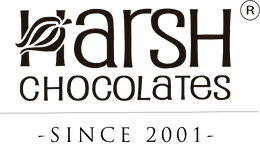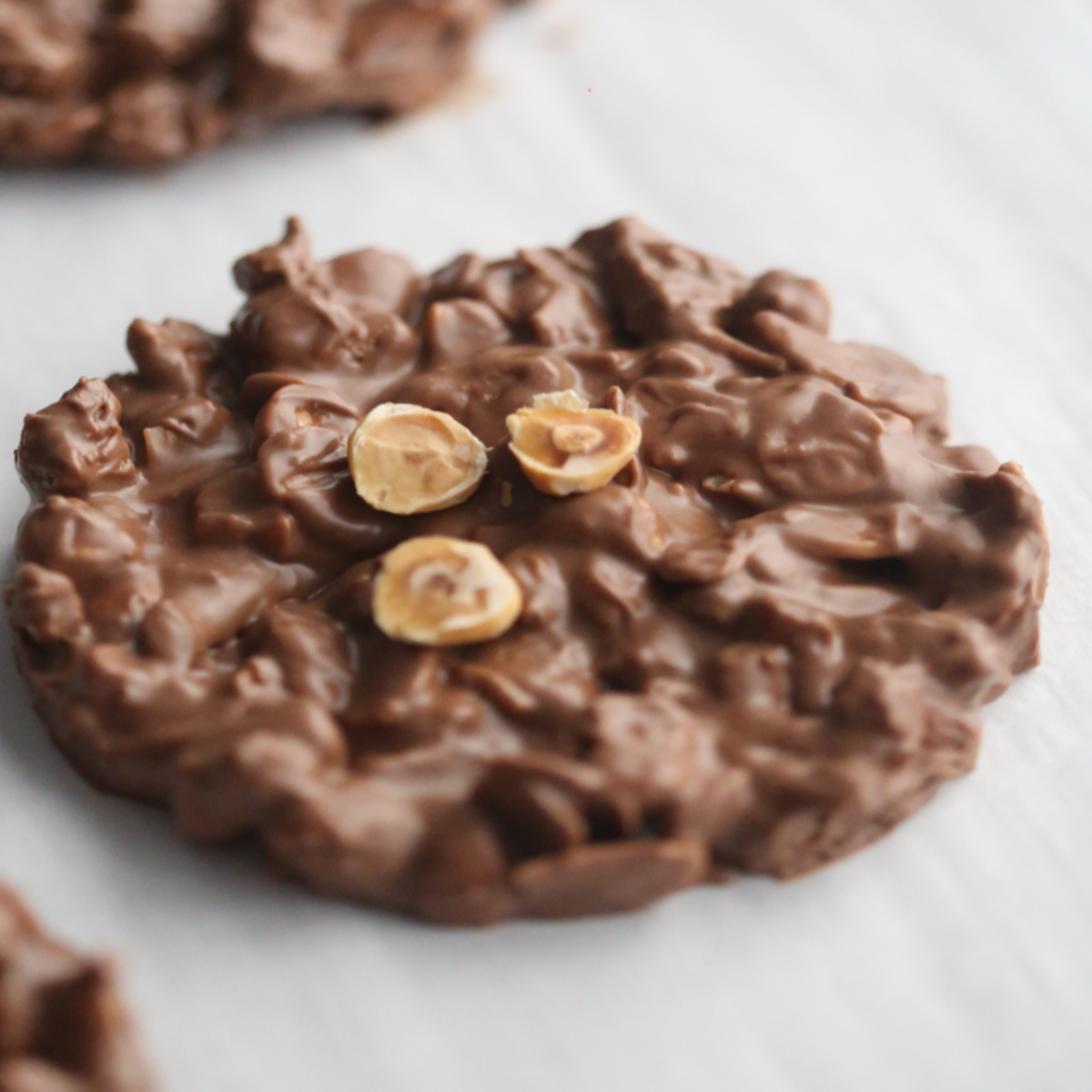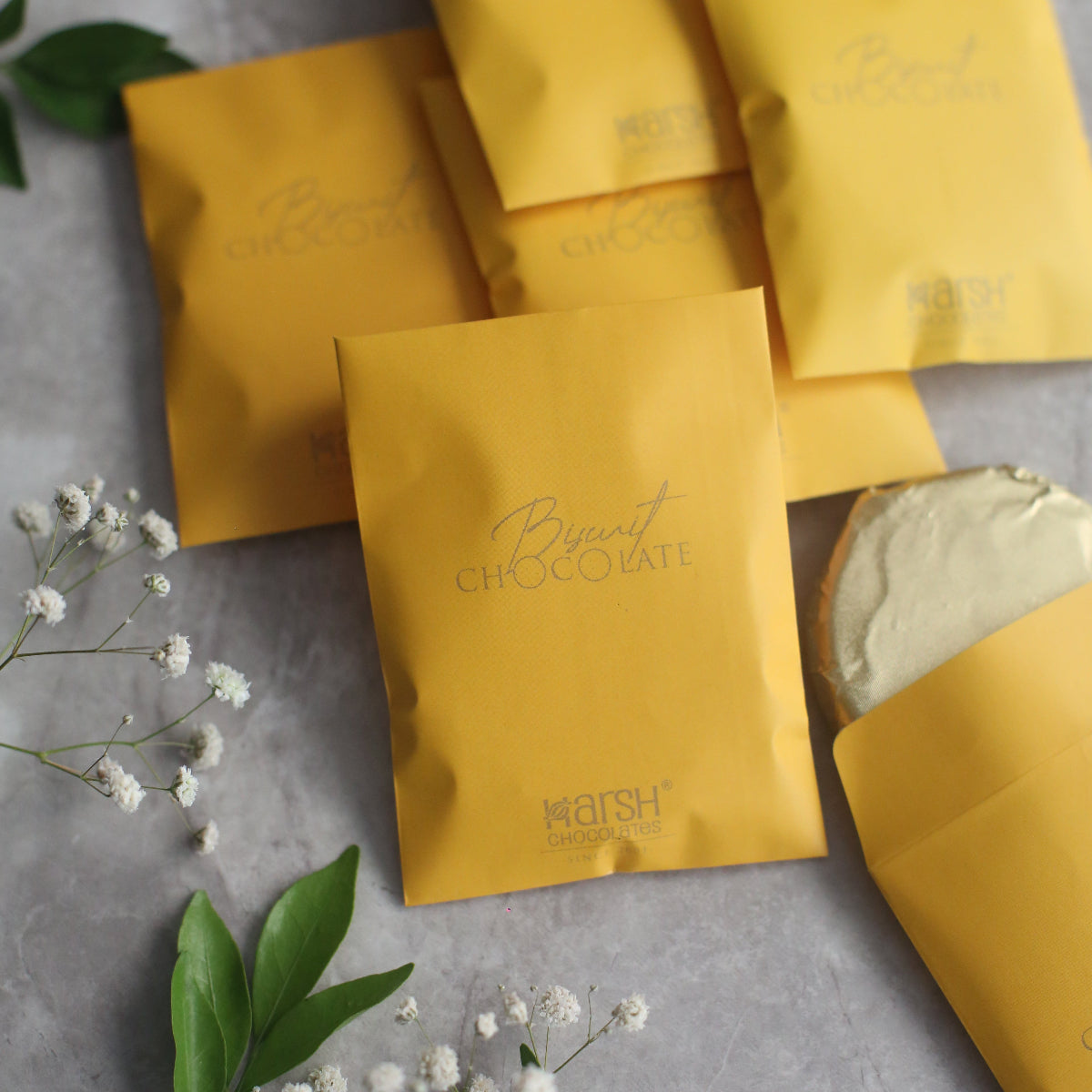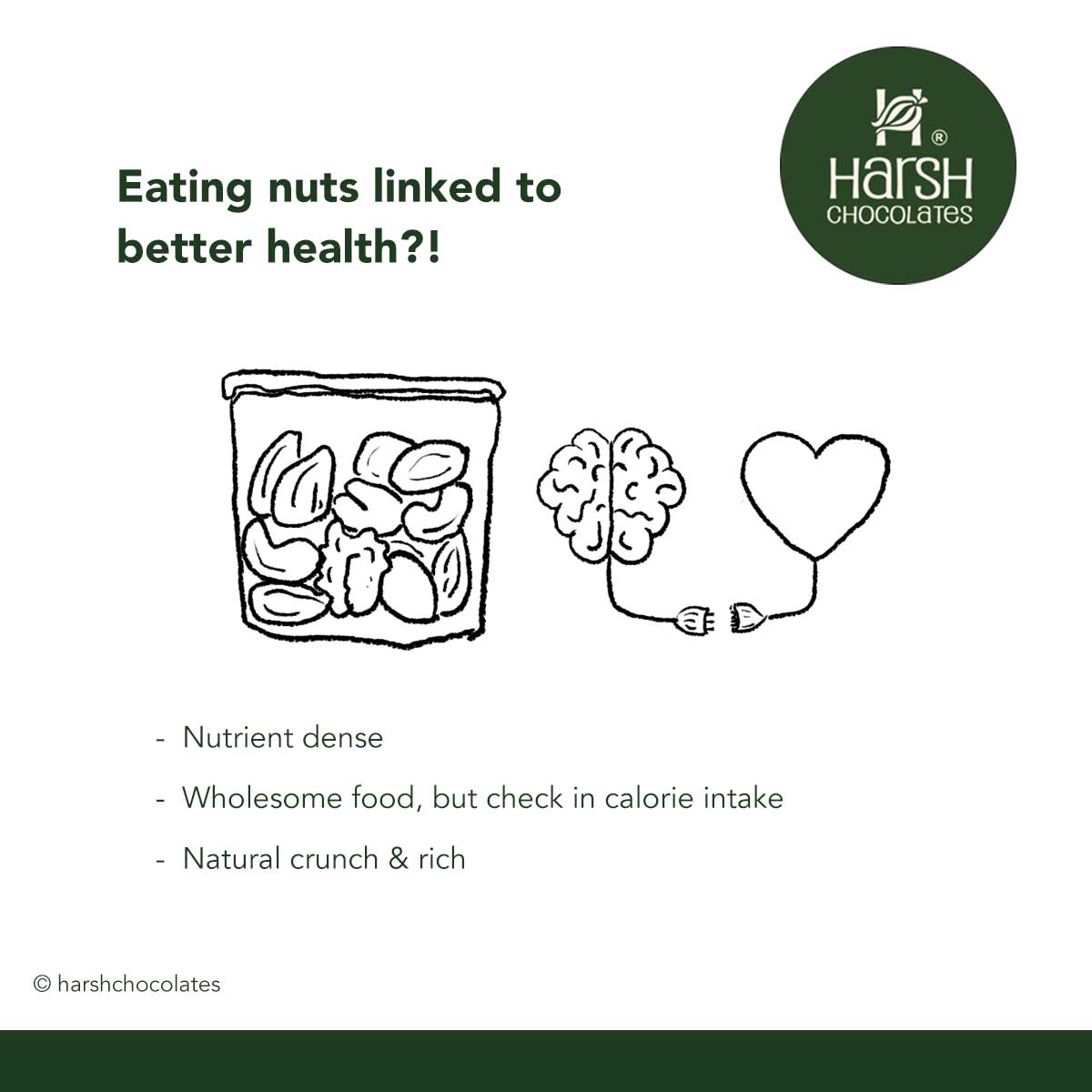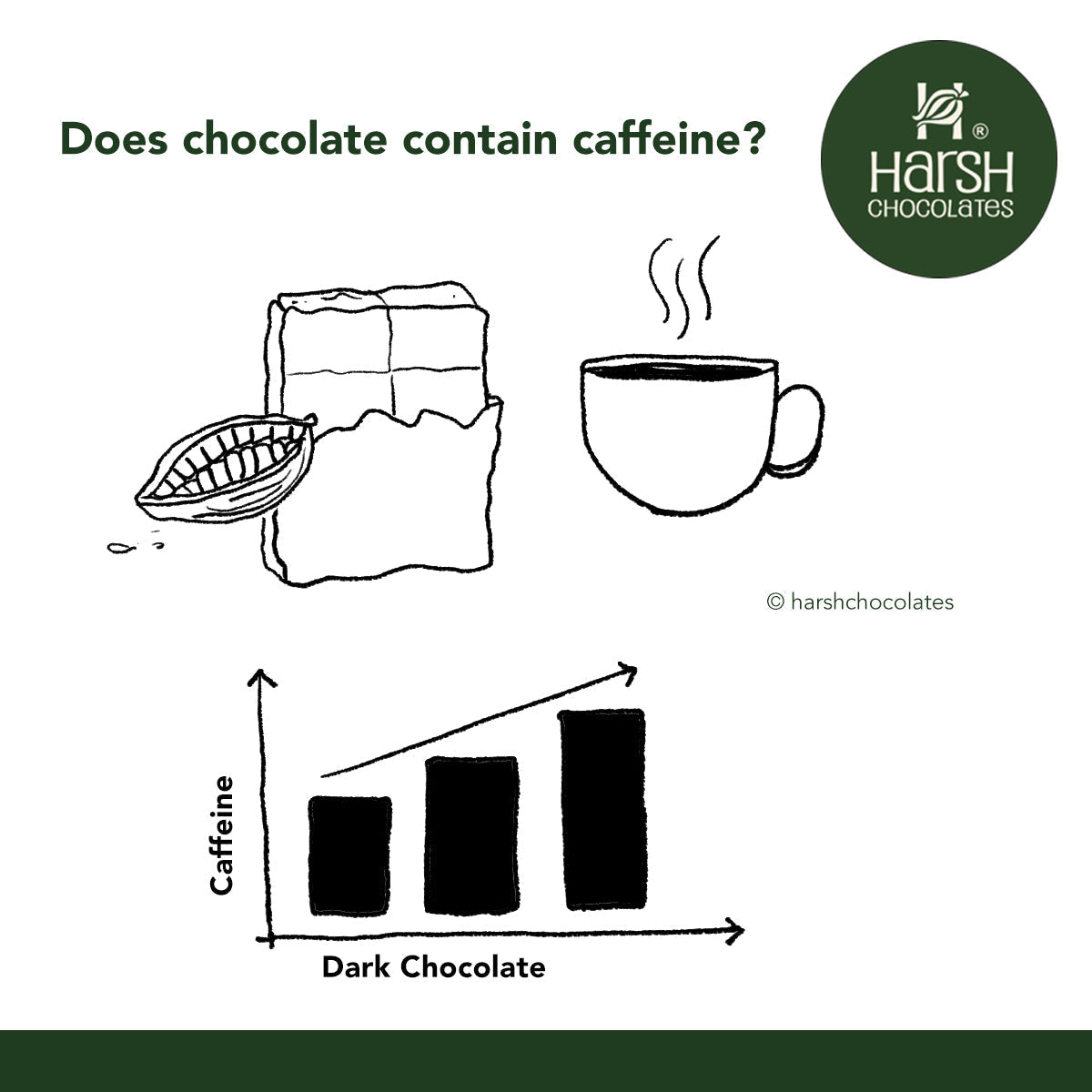"Use compound chocolate for convenience. Use couverture chocolate to impress."
Chocolate is more than just a sweet treat—it’s a versatile ingredient that can elevate any dessert or confection. But with so many options available, how do you choose the right one? This guide will help you understand the difference between couverture and compound chocolate, how to store and use them, and common troubleshooting tips.
How Chocolate is Made
Chocolate starts as a small cocoa bean, which is fermented, dried, roasted, and processed into either cocoa liquor (pure ground cocoa solids) or cocoa powder. From there, different types of chocolate are created based on ingredients and processing methods.
Types of Chocolate
-
Milk Chocolate – Smooth and creamy, with added milk solids
-
Dark Chocolate – Rich cocoa flavor, with little to no milk content
-
White Chocolate – Made with cocoa butter, sugar, and milk, but no cocoa solids
-
Semisweet & Bittersweet Chocolate– Dark chocolate variations with varying sugar levels
-
Chocolate Liquor – Pure, unsweetened chocolate paste
Couverture vs. Compound Chocolate: What’s the Difference?
-
Compound Chocolate
Made with: Cocoa powder + vegetable fats (instead of cocoa butter)
Why use it?
✔ Easy to melt and use—no tempering required
✔ Sets quickly, making it great for dipping and coating
✔ Ideal for candy making, chocolate bark, caramel apples, and chocolate-dipped fruits
Downside: Lacks the rich mouthfeel and shine of real chocolate
-
Couverture Chocolate (Real Chocolate)
Made with: Cocoa liquor + cocoa butter
Why use it?
✔ Luxurious texture and intense chocolate flavor
✔ Requires tempering to achieve a glossy finish and crisp snap
✔ Perfect for premium confections, molded chocolates, and high-end desserts
Downside: Requires more skill and effort due to tempering
Tip: If chocolate is just an accent in your recipe, use compound chocolate. But if you want a truly indulgent experience, go for couverture!
Using Your Chocolate: Tips & Techniques
1. Melting Chocolate
Regardless of the type, the best way to melt chocolate is slowly and carefully:
✔ Microwave method – Heat in short bursts (20-30 seconds), stirring frequently
✔ Double boiler method – Melt gently over indirect heat to prevent burning
2. Tempering Chocolate (For Couverture Only!)
Tempering ensures your couverture chocolate sets properly, with a glossy finish and crisp texture. Here are three methods:
-
Seed Method– Add small pieces of tempered chocolate to melted chocolate and stir until smooth.
-
Mush Method– Spread partially melted chocolate onto a cool surface and fold it until it reaches the right consistency.
-
Tabling Method– Pour melted chocolate onto a marble slab and work it with a spatula.
Why Temper?
If couverture chocolate isn’t tempered, it will appear cloudy, remain soft, and melt too easily.
3. Coloring & Flavoring Chocolate
-
Use oil-based or powdered food coloring (water-based will cause the chocolate to seize)
-
Add pure flavoring oils like peppermint, orange, or vanilla for a creative twist
4. Baking with Chocolate
For baked goods, always use couverture chocolate—it has better flavor and texture compared to compound chocolate.
Storing Chocolate
Chocolate is sensitive to temperature and humidity. Follow these tips to keep it fresh:
✔ Store in an airtight container to prevent moisture and odor absorption
✔ Keep in a cool, dark place (60-65°F)
✔ Avoid sudden temperature changes to prevent chocolate bloom
Troubleshooting Common Chocolate Problems
-
Chocolate Bloom (White Streaks or Spots)
Why it happens: Temperature fluctuations cause cocoa butter or sugar to rise to the surface.
Solution: If bloom occurs, simply melt and re-temper the chocolate.
-
Seized Chocolate (Thick, Grainy, or Lumpy)
Why it happens: Moisture gets into melted chocolate (often from steam or water droplets).
Solution: Stir in a small amount of warm oil or cocoa butter to salvage it.
-
Burnt Chocolate
Why it happens: Overheating, especially in the microwave.
Solution: Always melt in short bursts, stirring frequently.
FAQs: Your Chocolate Questions Answered
-
Can I melt chocolate chips for dipping?
Yes, but it’s not recommended. Chocolate chips are designed to hold their shape when baked, so they may not melt smoothly. -
Does chocolate bloom affect taste?
No, it only affects appearance. Melted chocolate with bloom will mix back together just fine. -
Is chocolate gluten-free?
Pure chocolate is naturally gluten-free, but some brands may contain traces due to processing. Always check labels. -
What’s the best way to store chocolate?
Keep it in an airtight container away from heat, light, and strong odors. -
Can I melt chocolate in a crockpot?
No, crockpots generate too much heat, leading to burnt or seized chocolate. -
Can I use any chocolate in a chocolate fountain?
Not all chocolate works in fountains—you need a specially formulated variety with added cocoa butter for smooth flow.
Whether you’re dipping, molding, baking, or simply indulging, choosing the right chocolate can make all the difference.
- For convenience: Use compound chocolate—it’s stress-free and easy to work with.
- For luxury: Use couverture chocolate—it’s worth the effort for that perfect melt-in-your-mouth experience.
Master the art of chocolate, and let your creativity shine!
